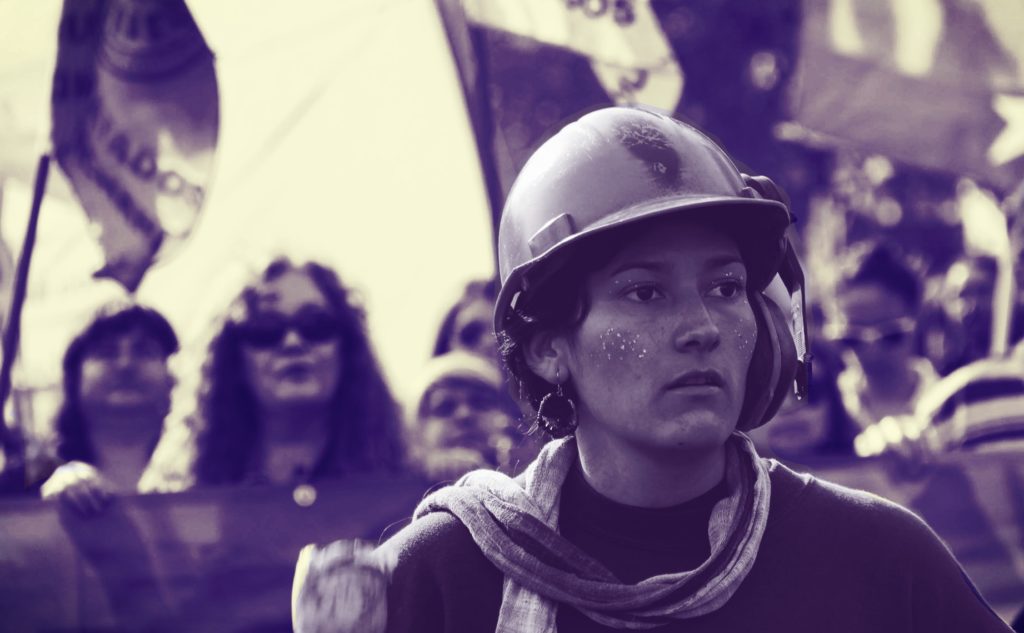
By Tom Wetzel
In a recent Socialist Worker piece Bill Keach asks the question, “Does the working class really need a party of its own to fight for and advance its interests?”
In order to make his case for a “revolutionary socialist party,” the model favored by Leninists and those in the tradition of Trotskyism and the ISO, he argues:
“Some on the left, particularly anarchists, are opposed to the project of party-building, arguing instead that spontaneous, diversified resistance to capitalism must be the basis for challenging exploitation and oppression.”
This argument starts by posing a false dichotomy since there are various ways of conceiving how the working class can build and unify a movement to “fight for and advance its interests.” His claim that anarchism advocates movements that will develop purely “spontaneously” is a strawman argument because in reality only a minority of anarchists are “spontaneists” who believe that somehow a revolutionary mass change in society could happen through such a “spontaneous” uprising.
Anarcho-syndicalists, for example, always placed a high emphasis on preparation, organizing, grassroots popular education such as the storefront worker schools in Spain in the ’30s, and deep involvement in locations of struggle such as workplaces.
Leninists often argue that a vanguard party is needed to pull together the activist minority – “vanguard” – from different social movements to be able to confront the whole system. As Keach says:
“Socialists respond to such arguments by emphasizing that capitalist rule is enforced by a highly organized state, dependent on top-down political parties, which in turn are supported by a network of highly organized, ideologically driven, well-funded interest groups and the corporate media. Only a political party organized by and dedicated to the interests of working people can hope to take on these capitalist power structures.”
The capitalist regime is indeed a complex system that has all sorts of fault lines, not only struggle in the workplaces against the bosses, but against racism and gender inequality, against worsening ecological destruction and the repressive aspects of the state, as with the brutality and violence of the system of policing.
This requires that the oppressed and exploited majority build a “counter-hegemonic bloc” to be able to have the forces to confront the power of the dominating classes.
But anarcho-syndicalists are also socialists – libertarian socialists – and they have available in their theory a different way of conceiving of how the oppressed majority can form a counter-hegemonic bloc. This can be put together in a more grassroots way via an alliance of democratic worker-controlled unions and other social movement organizations, building towards a cohesive class front. The links between active participants in the various unions and social movement are important, but they do not need to be mediated through a “vanguard party.”
Moreover, this way of building a class front is more likely to avoid the problems that have historically dogged the party model. Putting a vanguard party into control of the state has historically been simply a transition to the empowerment of a new bureaucratic boss class – defeating the liberatory goals of socialism.
Tom Wetzel lives in the San Francisco Bay Area, is active with Worker’s Solidarity Alliance and has organized around housing and transit issues in San Francisco.
If you enjoyed this piece we recommend Tom Wetzel’s review of the classic “For Workers Power” by Maurice Brinton looking at the Russian Revolution.
